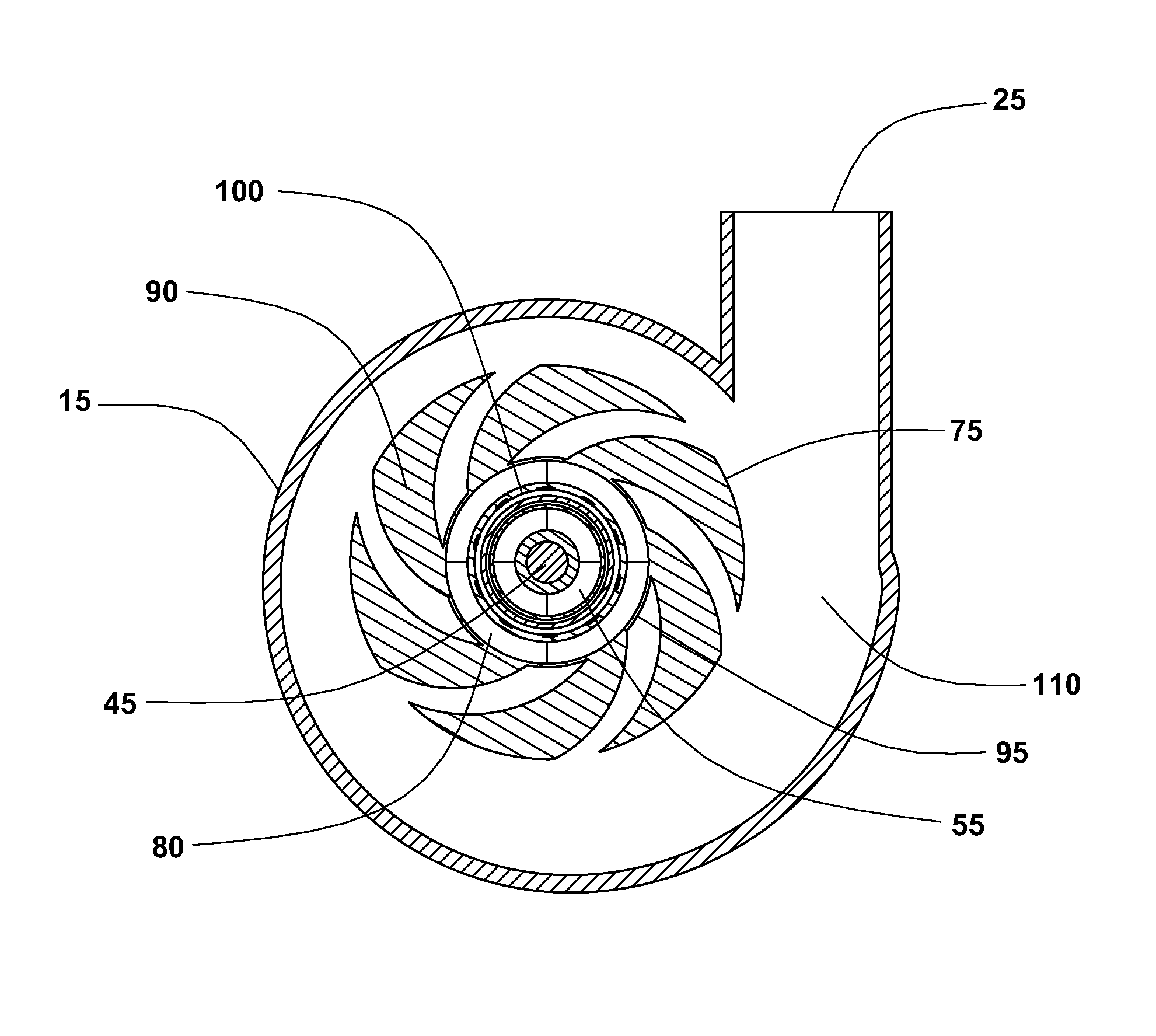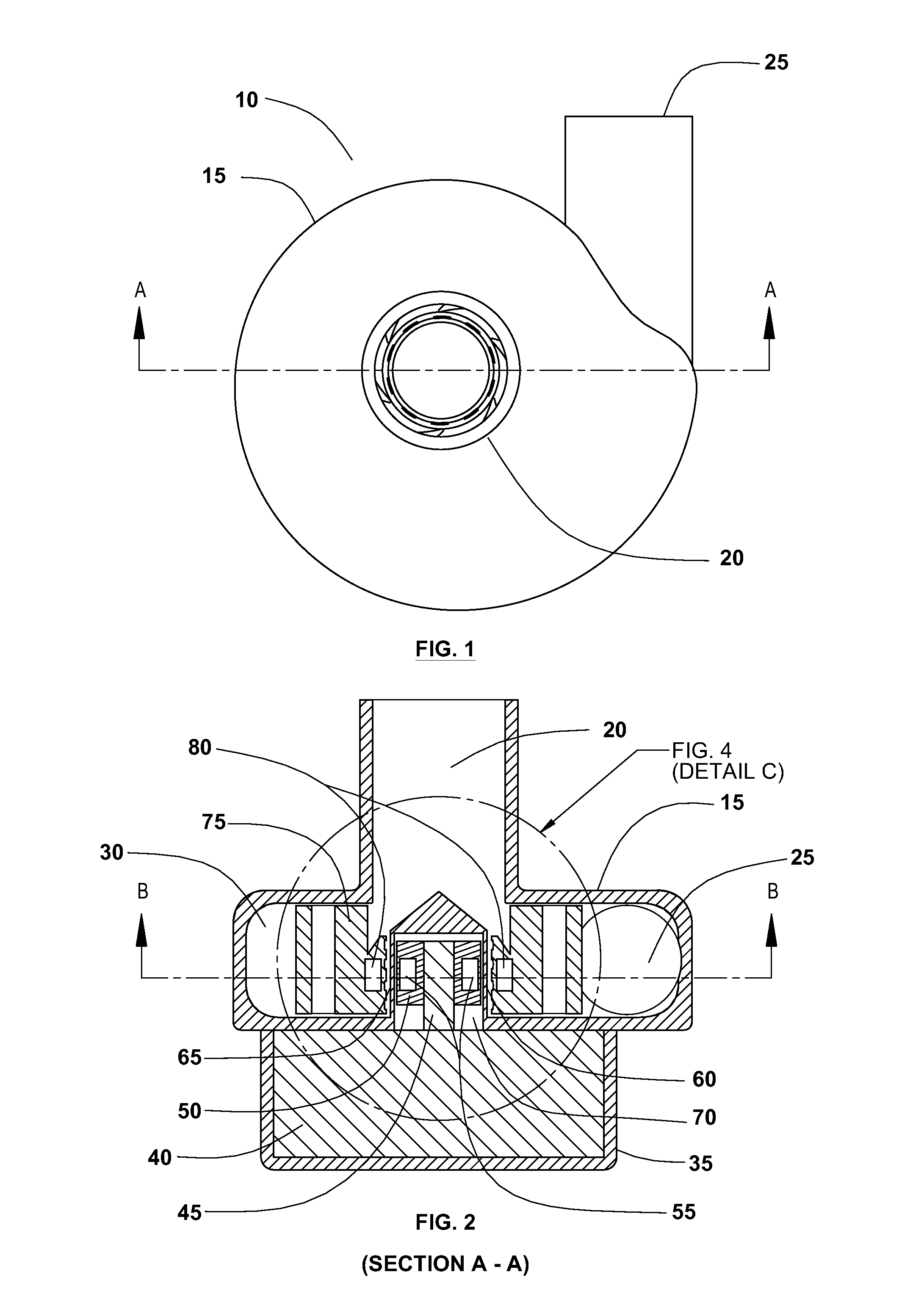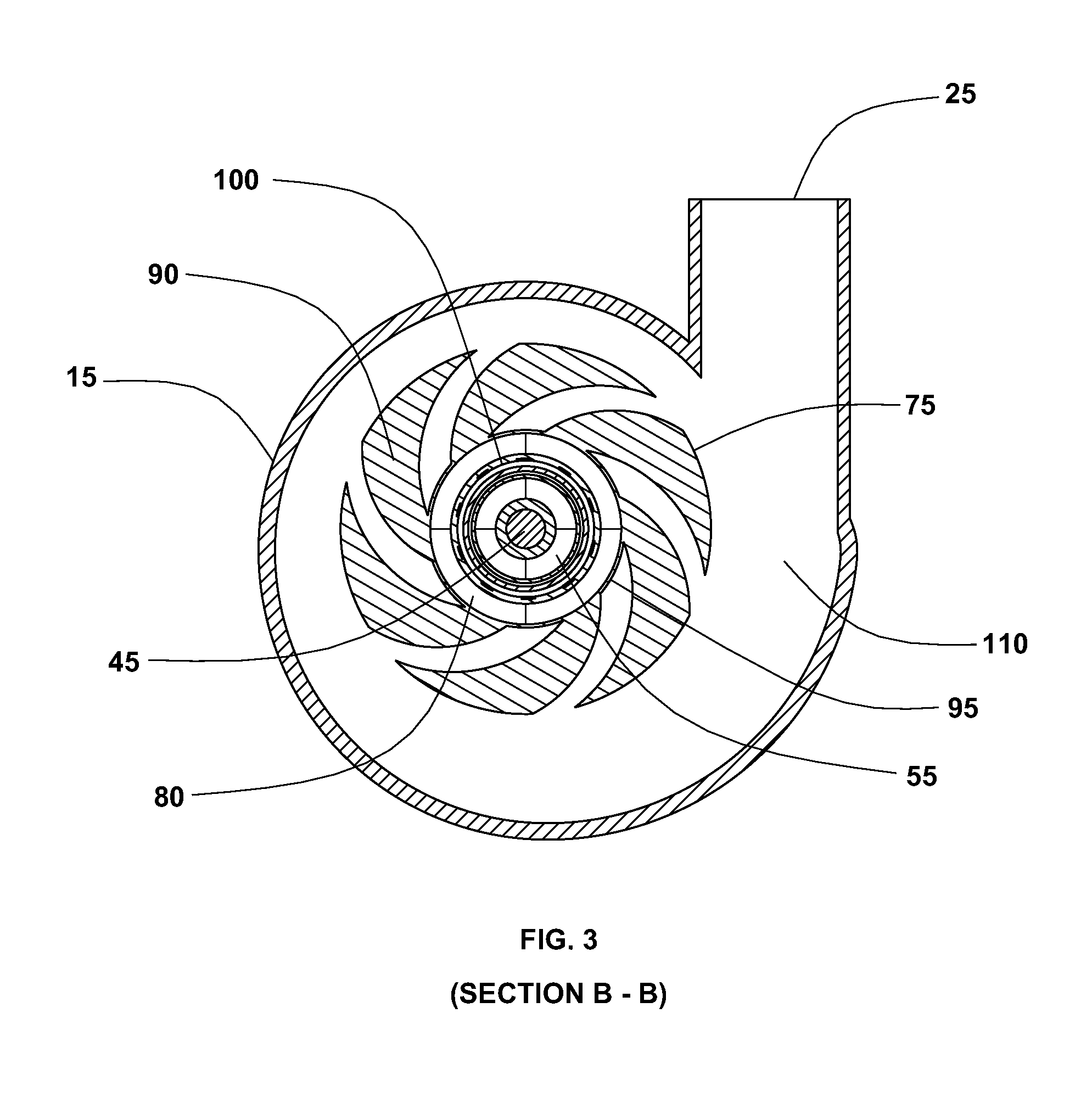Cardiac support systems and methods for chronic use
a technology of cardiac support system and continuous flow, which is applied in the direction of inductance, prosthesis, other medical devices, etc., can solve the problems of high power consumption, inability to implant a power source of sufficient capacity for a full day of awake hours of operation in the body, and inability to meet the needs of patients
- Summary
- Abstract
- Description
- Claims
- Application Information
AI Technical Summary
Benefits of technology
Problems solved by technology
Method used
Image
Examples
Embodiment Construction
[0047]Refer now to the drawings wherein depicted elements are not necessarily shown to scale and wherein like or similar elements may be designated by the same reference numeral through the several views.
[0048]Referring to the drawings in general, it will be understood that the illustrations are for the purpose of describing particular implementations of the disclosure and are not intended to be limiting thereto. While most of the terms used herein will be recognizable to those of ordinary skill in the art, it should be understood that when not explicitly defined, terms should be interpreted as adopting a meaning presently accepted by those of ordinary skill in the art.
[0049]The following detailed description provides for an implantable, energy efficient, small, and wireless cardiac support system. The cardiac support system may include an implantable rotary blood pump, an implantable power module, and a wireless power transfer subsystem. The implantable rotary blood pump may be pow...
PUM
 Login to View More
Login to View More Abstract
Description
Claims
Application Information
 Login to View More
Login to View More - R&D
- Intellectual Property
- Life Sciences
- Materials
- Tech Scout
- Unparalleled Data Quality
- Higher Quality Content
- 60% Fewer Hallucinations
Browse by: Latest US Patents, China's latest patents, Technical Efficacy Thesaurus, Application Domain, Technology Topic, Popular Technical Reports.
© 2025 PatSnap. All rights reserved.Legal|Privacy policy|Modern Slavery Act Transparency Statement|Sitemap|About US| Contact US: help@patsnap.com



